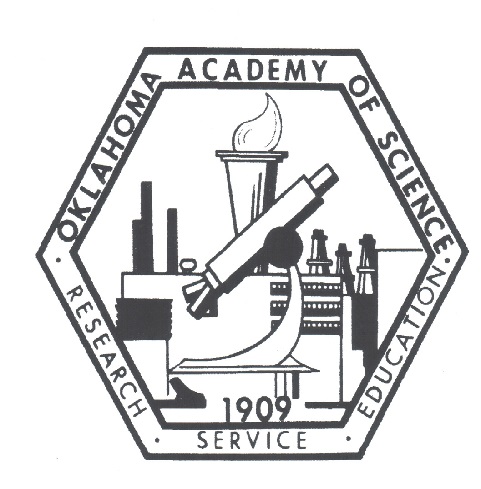Soil Invertebrate Community Response to Climate Patterns in a South-Central Oklahoma Grassland
Main Article Content
Abstract
Soil invertebrates are an important, but often overlooked, component of the soil ecosystem. In temperate grassland, they are involved in nutrient cycling, breakdown of detritus, and soil fertility. Soil invertebrate populations are affected by the quality of detritus in the soil; there is evidence that both grazing and fire can increase invertebrate populations by improving the quality of litter in soil. It is also possible their population sizes are affected by climatic conditions. I surveyed a degraded grassland site over six years and quantified invertebrate populations (by order) in the top 8 cm of soil. During the years of this survey, a serious drought (2011) took place, which apparently affected invertebrate diversity. Over the years of the study, Shannon diversity decreased but number of invertebrates increased. That increase appears to be the result of increases in the Acarina, Collembola, and the ants (specifically, red imported fire ants). Management recommendations for the site include either burning or grazing to remove accumulated fuel, and removal of invading woody plants. ©2015 Oklahoma Academy of Science
Article Details
Issue
Section
Applied Ecology & Conservation
